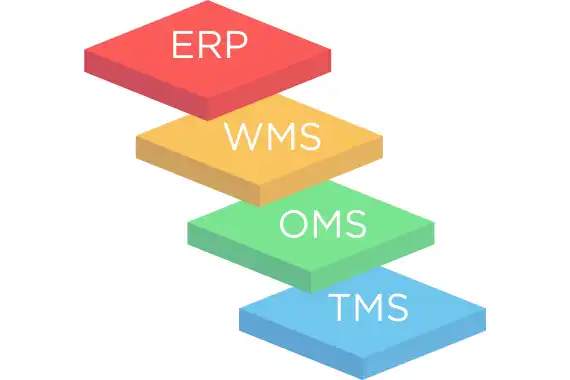Integrating these tools requires flexibility. However, in most organizations, every modification means launching an IT development project—long, costly, and time-consuming. Want to add a new feature? Support a specific customer request? You’ll have to wait for your technical team to be available. And that delay could cost you a valuable competitive edge.
Market shifts demand constant agility. The rise of B2C, unpredictable demand spikes, or the introduction of new logistics standards all require you to adjust quickly. Traditional tools simply can’t keep up with this pace.
Low-Code / No-Code
Let’s start with the basics.
No-code platforms allow non-technical users to build or customize applications using visual interfaces. Buttons, menus, drag-and-drop fields—everything happens without writing a single line of code.
Low-code, on the other hand, is designed for users with a bit more technical background. It also relies on visual tools but allows the addition of more complex logic using simplified scripting. In both cases, the goal is the same: to let you adapt your tools quickly and safely.
You reduce your reliance on developers. Your business teams take control—with confidence and independence.










